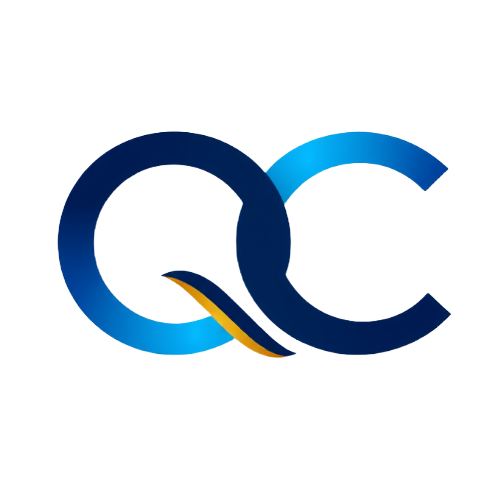Optimizing Operations with Technology
Measuring Success
To effectively measure the success of implemented technologies, organizations should establish clear Key Performance Indicators (KPIs) and performance metrics that align with their operational goals. These KPIs may include:
- Productivity Rates: Monitoring productivity changes before and after technology implementation can indicate how well the new tools are enhancing output.
- Cost Savings: Analyzing reductions in operational costs attributed to technology can highlight its financial impact. Businesses should track expenses related to labor, resources, and time savings.
- Time Efficiency: Assessing how much time is saved in specific processes due to new technologies can demonstrate operational improvements. This can be measured through time-tracking tools and process evaluations.
- Customer Satisfaction: Success can also be gauged through customer feedback and satisfaction scores. Improvements in service delivery and product quality directly impact customer perception and retention.
By regularly reviewing these metrics, organizations can gain valuable insights into the effectiveness of their technological solutions and make informed adjustments to optimize continued performance.
Case Studies
Several organizations have successfully optimized their operations through the strategic implementation of technology:
- Amazon: By utilizing advanced data analytics and automation within its supply chain, Amazon has significantly improved delivery times and efficiency. Their integration of robotics in warehouses optimizes inventory management and order fulfillment, streamlining operations and enhancing customer satisfaction.
- Zara: The clothing retailer Zara effectively leverages technology to manage its inventory and supply chain. By employing RFID technology, Zara can track inventory in real time, ensuring that its stores are always stocked with the right products. This has led to faster production cycles and reduced excess inventory, ultimately increasing profitability.
- FedEx: FedEx has optimized its logistics operations by incorporating route optimization software and tracking systems. These technologies enable the company to enhance delivery efficiency, reduce fuel costs, and improve customer service through accurate tracking of shipments.
Conclusion
Optimizing operations with technology is essential for businesses seeking to enhance efficiency and drive sustained growth. By measuring success through relevant KPIs and examining real-world case studies, organizations can identify best practices and areas for improvement. Adopting the right technology not only streamlines operational processes but also positions businesses to respond effectively to market demands and customer needs. Embracing technological advancements is not just a strategic advantage; it is fundamental to achieving long-term success and competitive positioning in today’s business environment.


